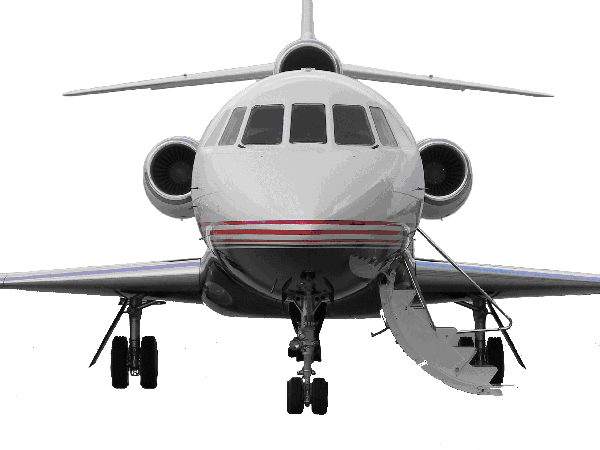
FAA Practical Test
John W Beck, PhD, ATP, DPE
 |
FAA Practical Test |
|
|
Each practical test is conducted in accordance with the FAA Airman Certification Standards (ACS) or Practical Test Standards (PTS) for the specific airman certificate. Copies of the applicable standard can be obtained from the FAA PTS website or the FAA ACS website (more recent).
This website is designed to help an applicant for an airman's certificate prepare for the test and assure that they are compliant with the regulations, guidance, and standards.